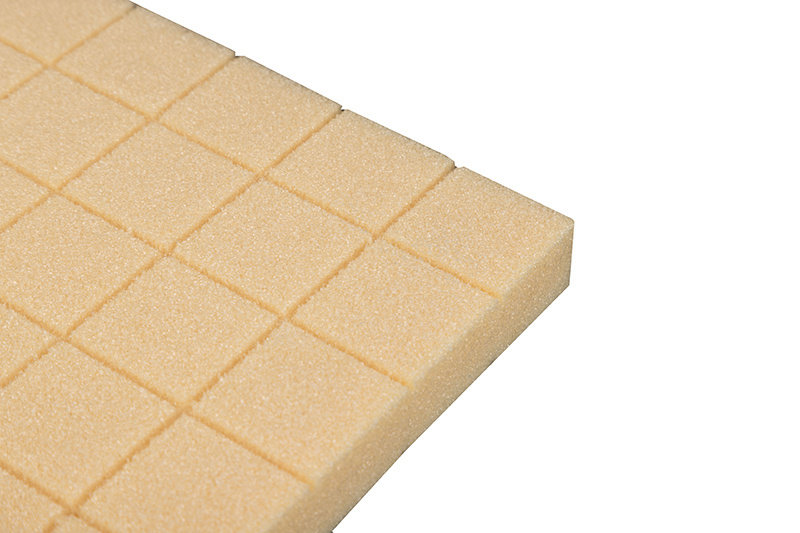
PVC Foam Board: A Multifunctional Marvel in Modern Construction and Design
Polyvinyl chloride (PVC) foam board, a lightweight yet robust material, has revolutionized industries ranging from architecture to advertising. Known for its exceptional fire resistance, moisture stability, and acoustic insulation, PVC foam board—also called PVC free foam board or PVC crust foam board—has become a cornerstone of sustainable design.

1. Versatile Applications Across Industries
PVC foam board’s adaptability stems from its closed-cell structure, which combines low density with high mechanical strength. In construction, it serves as a fire-resistant alternative to traditional materials like wood and gypsum. For example, in Russia’s harsh climates, PVC foam boards with a 15°–90° slope tolerance have replaced/waterproof layers in roofing systems, offering a 50-year lifespan without degradation. Its thermal insulation properties make it ideal for energy-efficient buildings, reducing heating costs by up to 30% compared to concrete.
The material’s lightweight nature also supports creative applications. Advertisers use PVC foam boards for outdoor signage due to their UV resistance and ease of printing, while interior designers leverage their wood-like texture for wall panels and furniture. In the automotive sector, PVC crust foam boards are molded into car ceilings and door panels, reducing vehicle weight by 15% without compromising safety.
2. Advanced Manufacturing Techniques
The production of PVC foam board involves two primary methods: free foaming and crust foaming. Free foaming creates uniform, soft sheets (thickness: 1–30 mm) by heating PVC resin with chemical foaming agents like azodicarbonamide (AC) in a mold. This process yields materials with 85% closed-cell structures, ensuring low water absorption (<1%). In contrast, crust foaming employs twin-screw extruders to form a dense outer layer (crust) around a foamed core, enhancing surface hardness for applications requiring scratch resistance, such as exhibition displays.
Recent innovations include double-crosslinking technology, which combines PVC with epoxy resins to improve heat resistance.
3. Environmental and Economic Benefits
PVC foam board’s sustainability lies in its recyclability and energy efficiency. Unlike wood, it does not require deforestation or toxic preservatives, and its production consumes 40% less energy than aluminum composites. Additionally, its longevity reduces replacement frequency, lowering lifecycle costs.
PVC foam board exemplifies how material science can address modern challenges. Its fire resistance, thermal insulation, and lightweight properties make it indispensable in construction, while advanced manufacturing techniques ensure performance in extreme conditions. As sustainability becomes a priority, PVC foam board’s role in reducing carbon footprints and resource consumption will only expand, solidifying its status as a multifunctional marvel.
Polyvinyl chloride,PVC,PVC foam
Latest News




